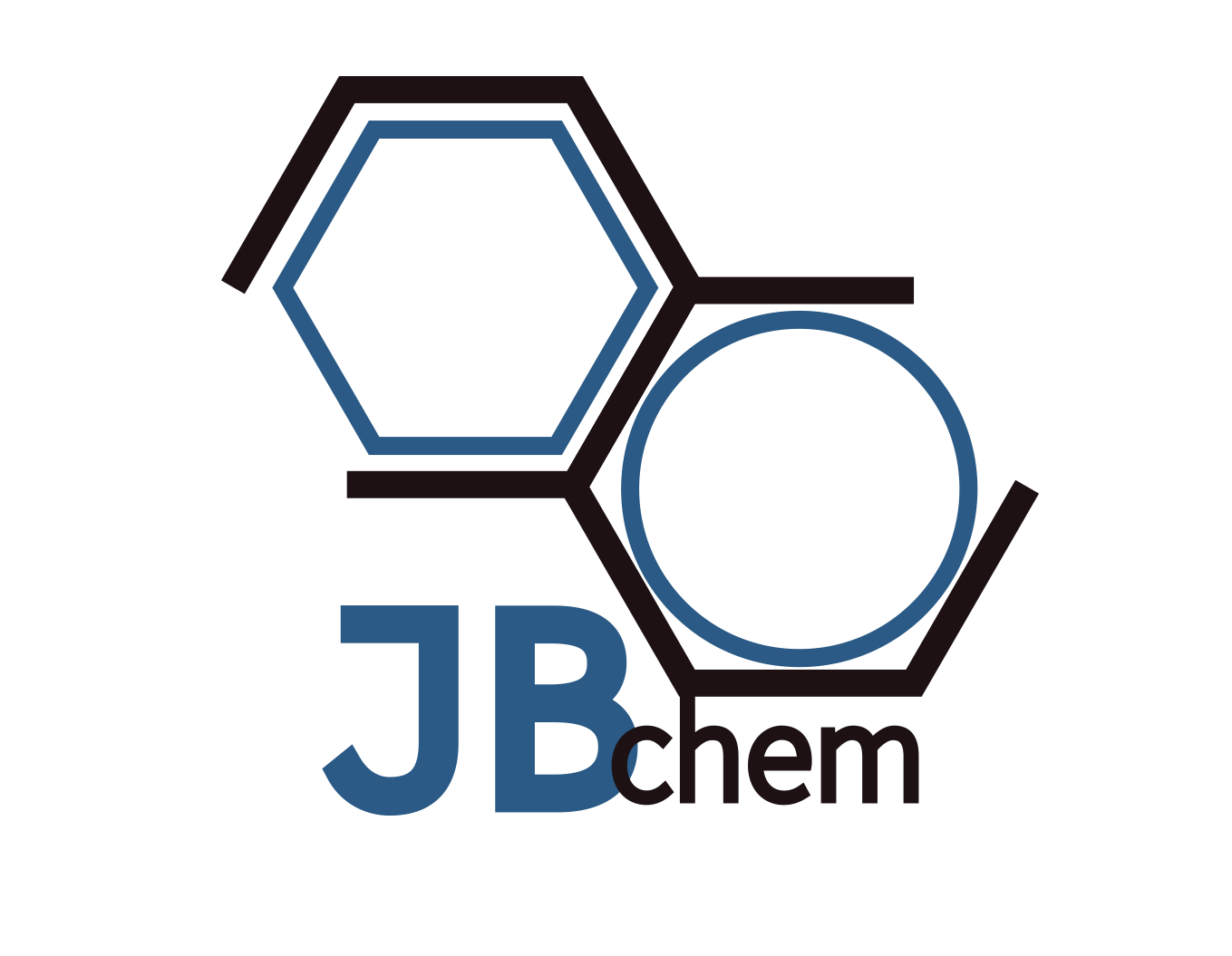Product Properties
Name: Samarium Fluoride
Formula: SmF3
CAS No.: 13765-24-7
Molecular Weight: 207.35
Density: 6.60 g/cm3
Melting point: 1306° C
Appearance: Slightly yellow powder
Specification of Samarium Fluoride
Grade | 99.99% | 99.9% | 99% |
CHEMICAL COMPOSITION |
|
|
|
Sm2O3/TREO (% min.) | 99.99 | 99.9 | 99 |
TREO (% min.) | 81 | 81 | 81 |
Rare Earth Impurities | ppm max. | % max. | % max. |
Pr6O11/TREO | 50 | 0.01 | 0.03 |
Non-Rare Earth Impurities | ppm max. | % max. | % max. |
Fe2O3 | 5 | 0.001 | 0.003 |
Application of Samarium Fluoride
- Glass, Ceramics, and Optics Manufacturing: Samarium fluoride is used in the production of glass and ceramics, especially in applications where specific optical properties are required. It helps in the manufacture of glasses that are resistant to radiation and have special refractive properties. In optics, SmF3 can be used in the coating of lenses to enhance their performance by modifying their reflective and transmissive properties. These coatings can improve the efficiency of optical instruments and protect sensitive optical components from damage or degradation.
Catalysis: In the field of catalysis, samarium fluoride can act as a catalyst or co-catalyst in various organic synthesis reactions. Its role in catalysis often involves facilitating reactions that lead to the formation of complex organic compounds, improving reaction rates, or increasing selectivity towards desired products.
Research and Development: Samarium fluoride is used in scientific research, particularly in the study of materials science and solid-state chemistry. Researchers investigate its properties and potential applications in new materials with advanced functionalities. This includes exploring its use in electronics, energy storage, and conversion technologies, as well as in novel luminescent materials.
Electronics and Semiconductors: Though less common, samarium fluoride can be involved in the production of electronic and semiconductor materials. Its properties can influence the electronic structure and behavior of materials, potentially leading to applications in the development of sensors, memory devices, and other electronic components.

